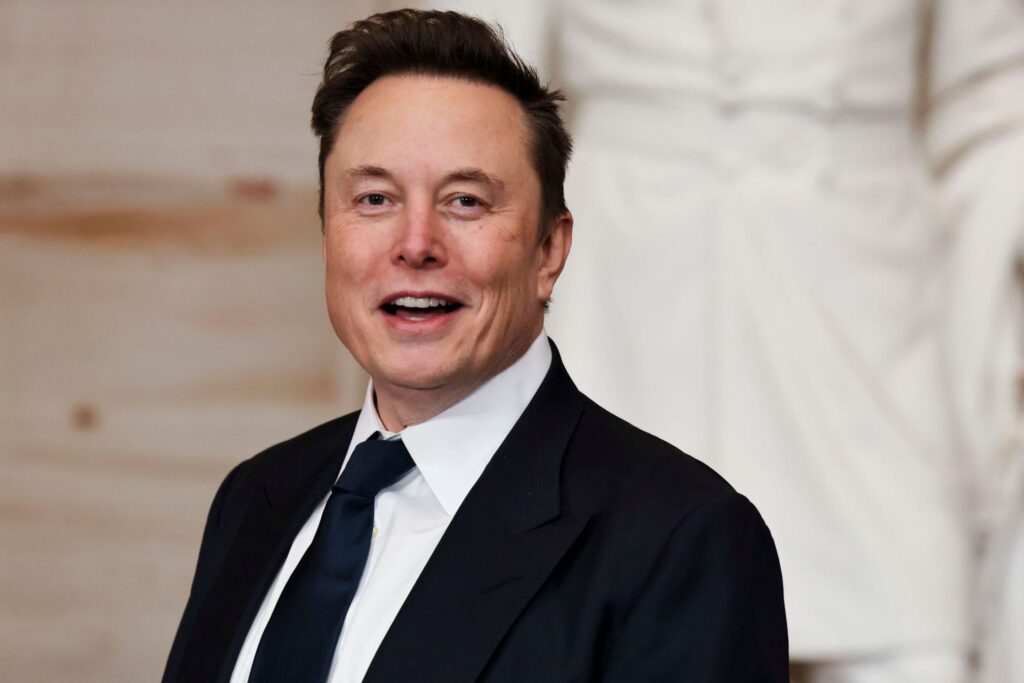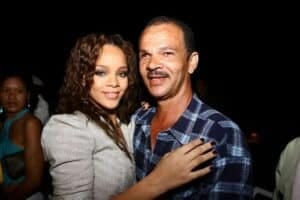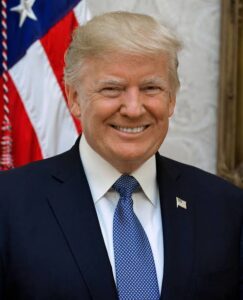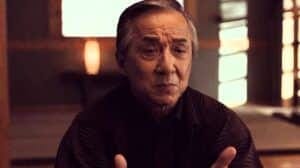Elon Musk is a name that echoes across industries—technology, space, energy, and even social media. He is the man behind Tesla, SpaceX, Neuralink, and many other groundbreaking companies. Known for his bold ideas and relentless drive, Musk is shaping the future in ways few people ever have. But who is Elon Musk? How did he become the billionaire entrepreneur that the world watches so closely?
In this biography, we will take a deep dive into his life, from his childhood in South Africa to his global impact on space travel, electric cars, and artificial intelligence.
Early Life and Childhood
Elon Reeve Musk was born on June 28, 1971, in Pretoria, South Africa. His father, Errol Musk, was an engineer, and his mother, Maye Musk, was a model and dietitian. From an early age, Elon showed a deep curiosity for science and technology. Unlike most kids who spent their free time playing outside, Elon preferred books and computers.
At the age of 10, he got his first computer—a Commodore VIC-20. He quickly taught himself how to program, and by the time he was 12, he had created a video game called Blastar, which he sold for $500. This was a small but significant step toward his future as a tech innovator.
Education and Moving to America
Musk attended Waterkloof House Preparatory School and later Pretoria Boys High School. He was often bullied as a child, but he never let it break his spirit. Instead, he found comfort in books, especially science fiction and technology-related topics.
At 17, Musk moved to Canada to avoid military service in South Africa. He attended Queen’s University in Ontario but later transferred to the University of Pennsylvania in the United States. There, he earned two degrees—one in Physics and another in Economics.
His academic journey didn’t stop there. Musk briefly attended Stanford University for a Ph.D. in applied physics, but he dropped out after just two days. Why? Because he saw bigger opportunities in the internet boom of the 1990s.
First Steps in Business: Zip2 and PayPal
Elon Musk’s first major company was Zip2, which he co-founded in 1996 with his brother, Kimbal Musk. Zip2 was an online city guide for newspapers, helping businesses get on the internet. It was a tough journey, but in 1999, they sold the company to Compaq for $307 million. Musk walked away with $22 million.
Instead of relaxing, he used this money to start X.com, an online banking company. In 2000, X.com merged with Confinity, and the company was later renamed PayPal. PayPal revolutionized online payments and quickly became a giant in the e-commerce world.
In 2002, eBay bought PayPal for $1.5 billion, and Musk, as the largest shareholder, received $180 million. This was a life-changing moment, but Musk wasn’t interested in just being rich—he wanted to change the world.
SpaceX: Reaching for the Stars
Elon Musk had always been fascinated by space. After selling PayPal, he decided to pursue his dream of making space travel more affordable. In 2002, he founded SpaceX (Space Exploration Technologies Corp.) with the vision of reducing spaceflight costs and making Mars colonization possible.
The early days of SpaceX were brutal. The company suffered three failed rocket launches before finally succeeding in 2008. This victory came just in time, as SpaceX was on the brink of bankruptcy. That same year, NASA awarded SpaceX a $1.6 billion contract, which changed everything.
In 2012, SpaceX made history when its Dragon spacecraft became the first private spacecraft to dock at the International Space Station (ISS). More successes followed, including the Falcon 9 reusable rocket, which significantly reduced launch costs.
Today, SpaceX is working on Starship, a next-generation rocket designed for deep space travel. Musk’s dream is clear: he wants humans to become a multi-planetary species.
Tesla: Revolutionizing the Car Industry
While building SpaceX, Musk also turned his attention to electric vehicles. In 2004, he invested in a small company called Tesla Motors and became its chairman. Tesla aimed to create electric cars that were stylish, powerful, and accessible.
The company faced many struggles in its early years. Production delays, financial problems, and skeptical investors almost led Tesla to collapse. But Musk refused to give up. He took over as CEO in 2008 and launched the Tesla Roadster, the world’s first electric sports car.
The real breakthrough came with the Model S (2012), a luxury electric sedan that set new standards for electric vehicles. This was followed by the Model X, Model 3, and Model Y, making Tesla one of the most valuable car companies in the world.
Tesla also expanded beyond cars. With innovations like solar energy solutions, battery storage, and self-driving technology, Musk is pushing for a future with sustainable energy.
Other Ventures: Neuralink, The Boring Company, and Twitter

Elon Musk is not just about cars and rockets. He is constantly looking for new ways to improve the world.
- Neuralink (2016): A company focused on developing brain-computer interfaces. Musk believes this technology will help people with paralysis and even allow humans to merge with artificial intelligence.
- The Boring Company (2016): Created to solve traffic congestion by building underground tunnels. One of its projects is the Las Vegas Loop, a high-speed underground transport system.
- Twitter (2022): In one of his most controversial moves, Musk bought Twitter for $44 billion. He rebranded it as X and introduced changes to how the platform operates, sparking both praise and criticism.
Elon Musk’s Leadership Style and Vision

Musk is known for his intense work ethic—sometimes working 80 to 100 hours a week. He believes in setting big goals and pushing the limits of what is possible. His leadership style is demanding, and he expects his employees to be as committed as he is.
At the same time, he is a visionary. Whether it’s building a colony on Mars, replacing gas-powered cars, or connecting the human brain to computers, Musk is always looking far into the future.
Challenges and Controversies
Despite his success, Elon Musk has faced many challenges. His companies have struggled with delays, financial crises, and lawsuits. He has also been criticized for his management style, controversial tweets, and unpredictable behavior.
Yet, through all this, Musk remains focused on his mission. He has proven time and time again that he can overcome failures and turn impossible dreams into reality.
Conclusion: A Legacy in the Making
Elon Musk is not just an entrepreneur—he is a game-changer. His innovations in space travel, electric vehicles, artificial intelligence, and sustainable energy are shaping the world in extraordinary ways.
Love him or hate him, there’s no denying that Musk is one of the most influential figures of the 21st century. And with projects like Mars colonization and brain implants, he is just getting started.
So, what’s next for Elon Musk? Only time will tell. But one thing is certain—he will keep pushing the boundaries of what humanity can achieve.




